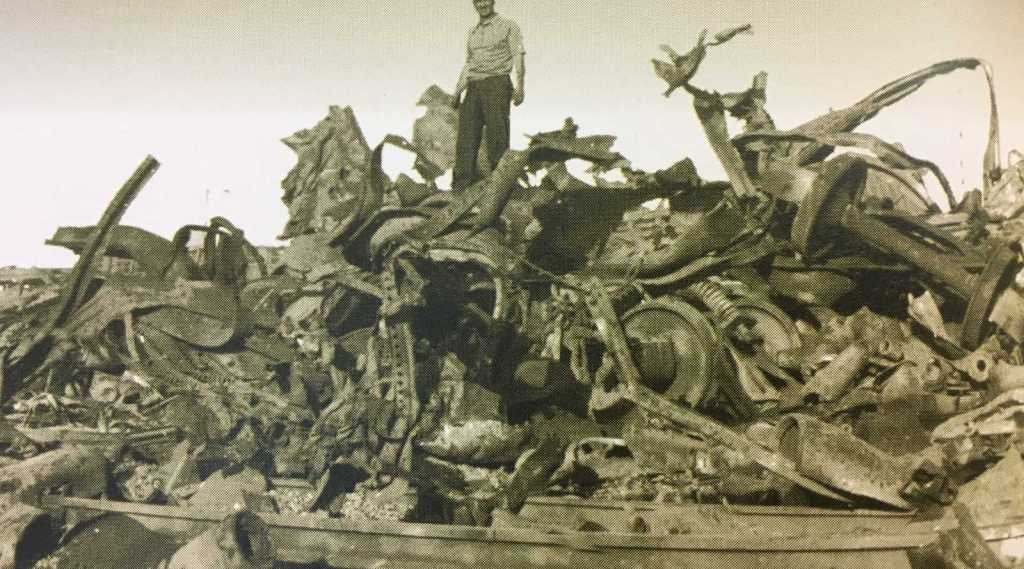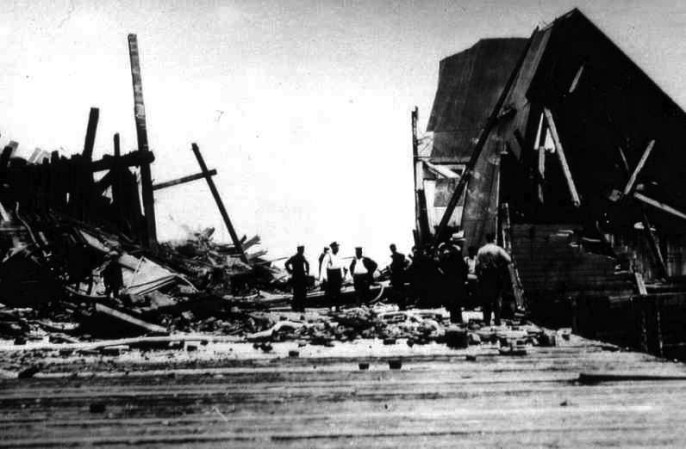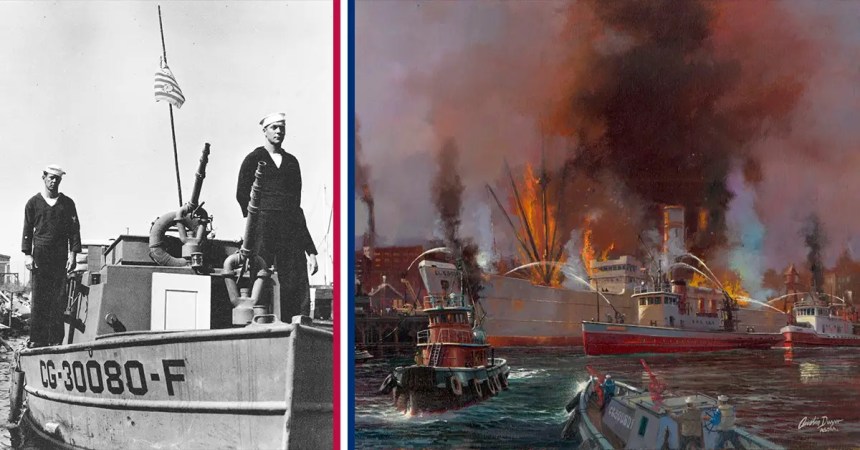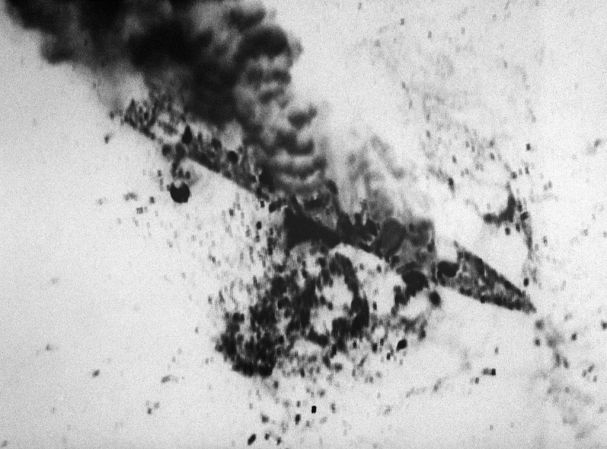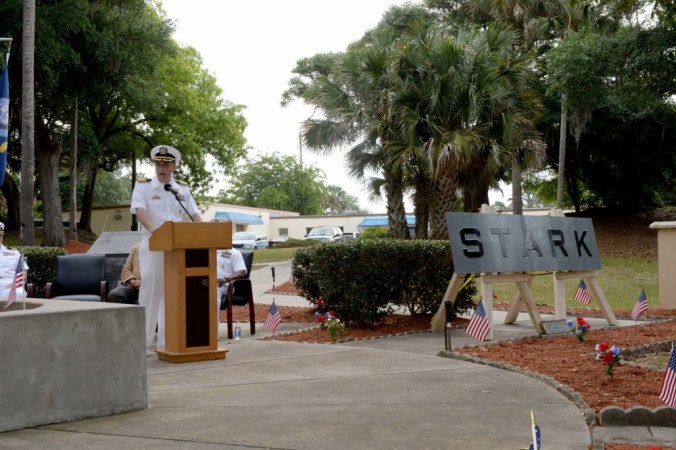In 1973, a fight between the Departments of Defense and Transportation and the Southern Pacific Transportation Company threatened to derail the shipment of Air Force bombs to Vietnam. It all stemmed from a massive railroad explosion in Roseville, California, that wounded 48 people and destroyed a rail yard and train. The Navy and rail company each accused the other of negligence that led to the explosion.
The 1973 accident hearkened back to a similar 1969 explosion, and a third explosion took place in May 1973 as the Roseville incident was still under investigation. The public rightfully feared the threat of bombs tearing apart towns across the U.S.
The Navy and rail company’s dueling explanations
The crux of the fight hinged on what caused the Roseville train accident. The Navy pointed to witness testimony and physical evidence that a fire existed on at least one railcar before the explosion started. But a conflicting affidavit asserted that the bombs spontaneously exploded.
It asserted that the Mk. 81 and 82 bombs on the train cars exploded in Roseville all on their own; maybe because the Navy used such crappy lumber when it loaded the train cars?
Lastly, the condition of DODX cars similar to those involved in the explosion at Roseville, California, and the condition of the railroad car that survived the Tully, Arizona, explosion eloquently evidences the need for improvements in the quality of the lumber utilized for interior bracing and the bracing techniques themselves. Current loading and bracing practices followed by the U.S. Navy permit excessive movement of the bombs within railroad cars causing the bombs to collide with each other, permit the bombs to impact with the car walls and sides with force and thus expose the public to the unnecessary hazard of a detonation of a sensitive bomb. Further, the friction generated by excessive movement of bombs loaded in cars can initiate fires which can in turn cause a sensitive bomb to detonate.
Railroad Accident Investigation Report No. 4187, Department of Transportation
The railroad company and their supporters failed to explain why Air Force bombs spontaneously explode on railcars but not on high seas, but apparently, no one asked that question.
There were a number of reasons to doubt the railroad’s explanations. In addition to the whole, “They don’t blow up on ships” thing, there was also a paper trail in April 1973. A railroad worker called the local fire department because of a fire on the car. If there was already a fire on the car, that wouldn’t exactly be a spontaneous explosion.
The Roseville train accident leads to embargo
The Department of Transportation decided that, with the 1969 and 1973 explosions, it needed to stop shipments until it could get to the root of the problems.
But the blockage cleared in just two days, thanks to an unlikely source. A man had posted up in the mountains near the rail yard to record the sounds of trains. It seems like an odd hobby, but you do you, remote mountain train-recording man. He testified that he saw the fire burning over a wheel of the train before the explosions started.
Specifically, he saw the fires burning for six hours before the explosions started. Wow, wonder what started the explosions, then.
The fact that the fire originated near a wheel pointed to a brake shoe issue. Physical evidence from the 1969 explosion pointed to a fire starting with an overheated brake shoe. God, overheated brake shoes sound familiar for some reason.


